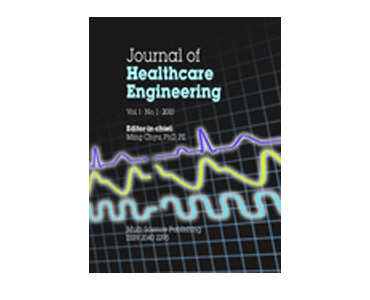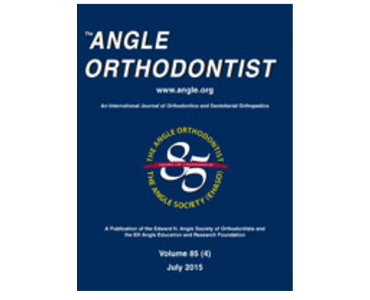Three-dimensional changes in nose and upper lip volume after orthognathic surgery. B van Loon, N van Heerbeek, F Bierenbroodspot, L Verhamme, T Xi, MJJ de Koning, KJAO Ingels, SJ Bergé, TJJ Maal.
Date: January 2015 Source: International Journal of Oral and Maxillofacial Surgery, 44(1):83-9. Abstract: Orthognathic surgery aims to improve both the function and facial appearance of the patient. Translation of the maxillomandibular complex for correction of malocclusion is always followed by changes to the covering soft tissues, especially the nose and lips. The purpose of this study…









